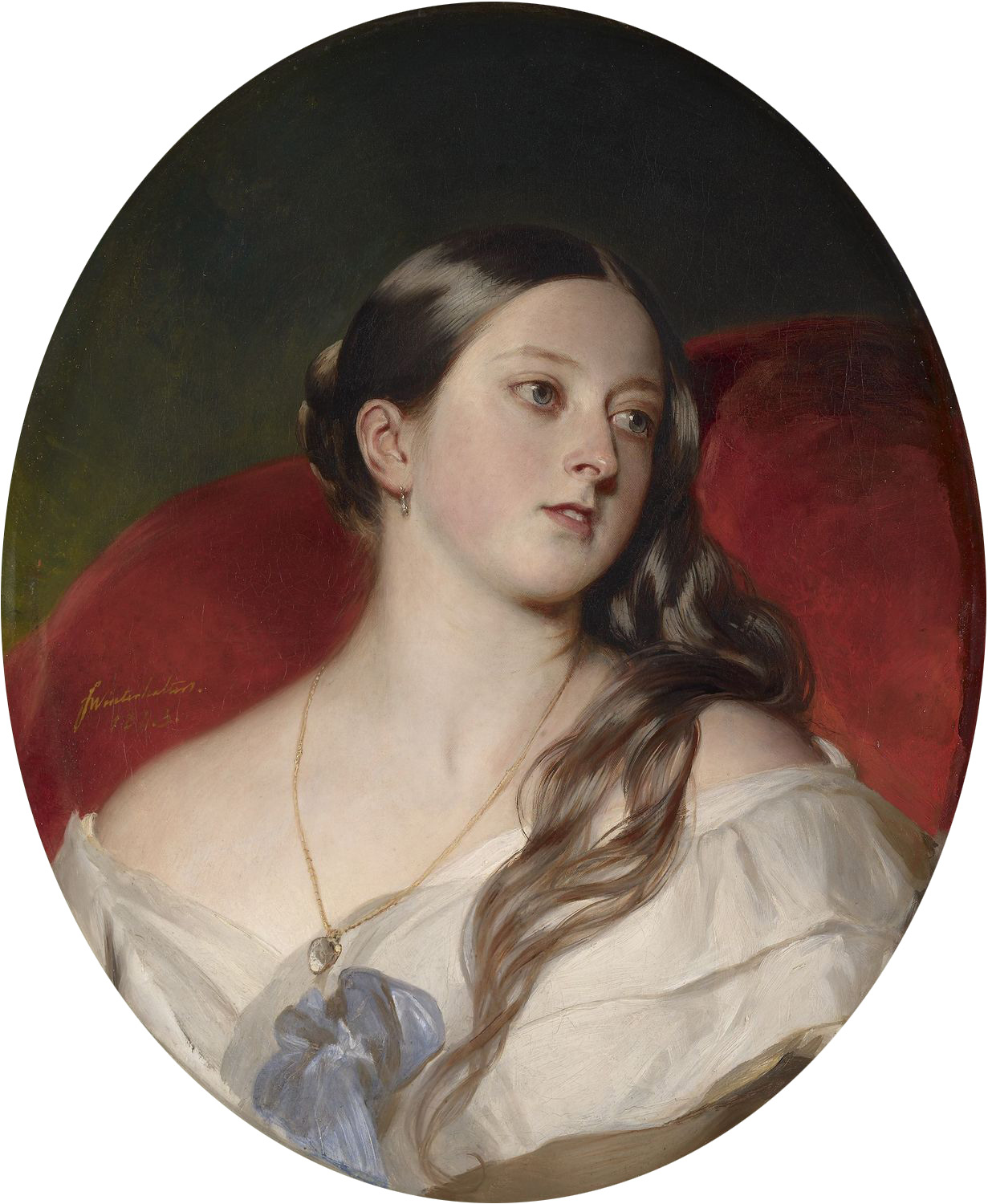Last Sunday I had the privilege of appearing at the Canberra Writers’ Festival in conversation with Julia Baird. The subject of our session was Julia’s recent biography, Victoria the Queen: An Intimate Biography of the Woman who Ruled an Empire (HarperCollins).
Near the end of her life, facing the gloomy prospect of yet another ministry led by Mr. Gladstone, Queen Victoria confided to her eldest daughter the Empress Frederick, “These are trying moments & [it] seems to me a defect in our much famed Constitution, to have to part with an admirable Gov[ernmen]t. like L[or]d. Salisbury’s for no question of any importance, or any particular reason, [but] merely on account of the number of votes.” (6 July 1892, Royal Archives, Windsor, Vic. Add. MSS, U32).
To her credit, and to be fair, Queen Victoria did indeed part with successive governments on these very grounds, but she was probably the last British sovereign who was able to maintain in semi-private such an entirely unfettered and witheringly low opinion of the democratic process at Westminster, and to be able very effectively to work around it. A major part of Julia Baird’s argument is that Victoria didn’t just reign. She ruled.
One of the ways she did this was to maintain numerous independent lines of communication with her governments. Upon her accession in 1837 at the age of only eighteen, the office of private secretary did not exist. Those functions were effectively carried out for several years by her first Prime Minister the somewhat indolent, certainly laissez-faire Lord Melbourne. During the better part of two decades, through which Queen Victoria was more or less constantly pregnant, Prince Albert was the principle conduit between the Palace and Downing Street. After his death in 1861 at the age of only forty-two, the office of private secretary came into being and was in due course occupied by General Sir Charles Grey and then for twenty-five years Sir Henry Ponsonby, to whom that office owes its current shape—as the constitutional bridge between the crown and cabinet government.
However, Queen Victoria did not hesitate to correspond at length with her generals in the field; individual ministers; other sovereigns and governments; colonial governors and viceroys of India. Frank letters containing strong opinions flew over the heads of their Lordships of the Admiralty, prime ministers and successive foreign secretaries. And she also communicated more indirectly over equally important matters of state through (among others) her doctor, Sir James Reid; various of her four sons and five daughters, and even trusted servants, above all John Brown. The shrewdness with which the Queen exploited these sometimes contradictory channels—and the manner in which she resisted for as long as possible the appointment of an administration of which she thoroughly disapproved—are simply remarkable.
Queen Victoria also appears to have been entirely free of instinctive racial discrimination. One thinks of Benjamin Disraeli and Abdul Karim, the so-called Munshi, her trusted Indian servant for a while during the 1890s. She was anxious about protecting the religious practices of her Muslim and Hindu subjects, helped in this respect by a lifelong and consistently low opinion of Church of England bishops—which Their Lordships did their utmost not to reciprocate. In a sense, everyone except her children was united in Queen Victoria’s mind by occupying a shared echelon of deep inferiority.
If you go to Osborne House on the Isle of Wight, you cannot fail to be moved by the lingering sense of a happy family home. Its scale is intimate; the grounds are laid out for children and the view from Queen Victoria’s bedroom window, framed by stands of limes, walnuts and palms, is northwards out across the Solent. When I was there several years ago, as if by some dramatic sleight of hand, the vast Cunard liner Queen Mary 2 glided into view, preparing to dock at Southampton. Within the space of only a few short minutes that stately presence glided past, and suddenly you grasped that this happy family home was effectively a sort of royal box from which to contemplate Britain’s maritime strength.
It was at Osborne that Queen Victoria signed into law the Constitution of Australia Act (1900), one of the last official acts of her long and remarkable reign. The text contains numerous references to “The Queen, her heirs and successors” and it is worth remembering, from our vantage point, that what our founding document means by “The Queen” is Queen Victoria.














